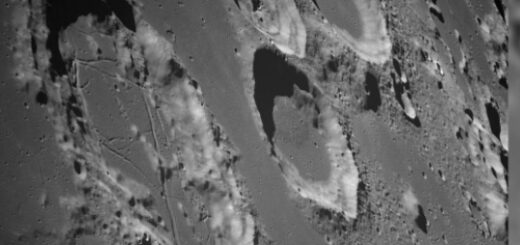4,000-Year-Old Scottish Clava Cairns Were Built To House Dead
Prehistoric Burial Cairns known as Clava Cairns are a complex of passage graves, standing stones, ring cairns, kerb cairns and the remains of a medieval chapel of an unknown date.

The Clava Cairns are located near Inverness, a city in the Scottish Highlands.
Clava Cairns are a well-preserved Bronze Age cemetery dating back to about 4,000 years.
However, according to no published excavations, the dates for the Clava monuments are thought to belong to the Late Neolithic or Early Bronze Age (about 2500 – 1700 BC).
For millennia, this cemetery (and also a smaller one in the vicinity, at Milton of Clava) remained sacred places for the Bronze Age peoples, who conducted there their burial activities and rituals.
At around 2000 BC a row of large cairns was built, three of which can still be seen today.
Excavations have found evidence for farming on the site before any of these monuments were built. Many of the stones used to construct the cairns have cup marks on them – these may have been reused from another place, perhaps an earlier sacred site.
Each cairn is surrounded by a circle of standing stones. The three prominent cairns form a line running north-east to south-west and also the passages of the two cairns are aligned towards the south-west, suggesting that the builders focused on eyes on the midwinter sunset. Likewise, the location of the standing stones, especially the tallest ones is related to the setting sun in the south-west.
According to an ancient tradition, only one or two people were usually buried in each cairn, which could indicate that these resting places were used for particularly important persons in this Bronze Age society.
Two parts of the complex, Balnuaran of Clava and Milton of Clava, are open to the public.



 Creators of mankind
Creators of mankind Description of “Tall white aliens”
Description of “Tall white aliens” Where they came from?
Where they came from? About hostile civilizations
About hostile civilizations The war for the Earth
The war for the Earth “Tall white aliens” about eternal life
“Tall white aliens” about eternal life Video: “Nordic aliens”
Video: “Nordic aliens” Aliens
Aliens Alien encounters
Alien encounters The aliens base
The aliens base UFO
UFO Technology UFO
Technology UFO Underground civilization
Underground civilization Ancient alien artifacts
Ancient alien artifacts Military and UFO
Military and UFO Mysteries and hypotheses
Mysteries and hypotheses Scientific facts
Scientific facts


















